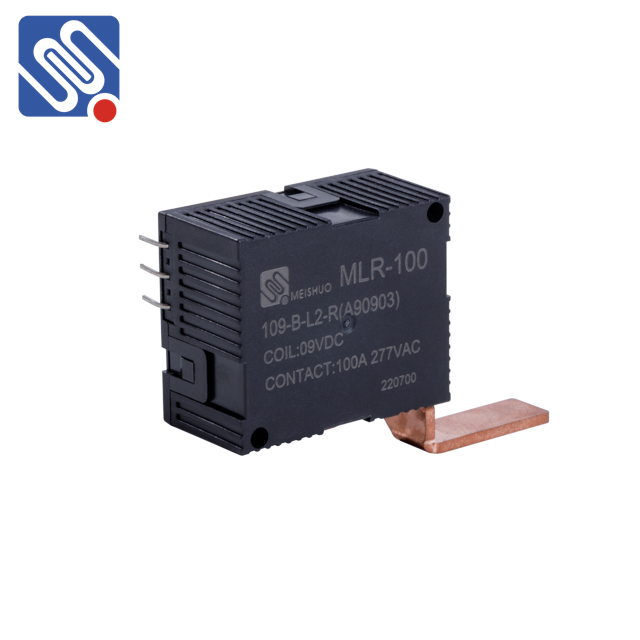understanding relay parameters and the role of meishuo in optimizing performance
Release time:2025-03-28 14:44:22
Relay parameters are crucial elements in the operation of relay systems, which are widely used in electrical and communication systems to manage and direct signals, power, and data flow. In essence, relays act as switches that open or close electrical circuits, enabling or interrupting the flow of current depending on the system's needs. These parameters are vital to ensure that relays function efficiently and reliably. Among the key players in optimizing relay performance is Meishuo, a company that has made significant strides in advancing relay technology through its innovative approach to parameter optimization.

Key Relay Parameters
The operation of a relay is governed by several important parameters, which determine its responsiveness, longevity, and reliability. These include:
Pickup Voltage: This is the minimum voltage required to activate the relay and close its contacts. When the input voltage reaches this level, the relay switches to its "on" state. It is essential for the pickup voltage to be calibrated correctly to ensure that the relay responds at the right moment, preventing issues such as premature activation or failure to activate.
Dropout Voltage: This parameter refers to the voltage level at which the relay disengages and opens its contacts. If the voltage drops below this threshold, the relay returns to its "off" state. Ensuring that the dropout voltage is set appropriately is essential for the proper timing of relay operations.

